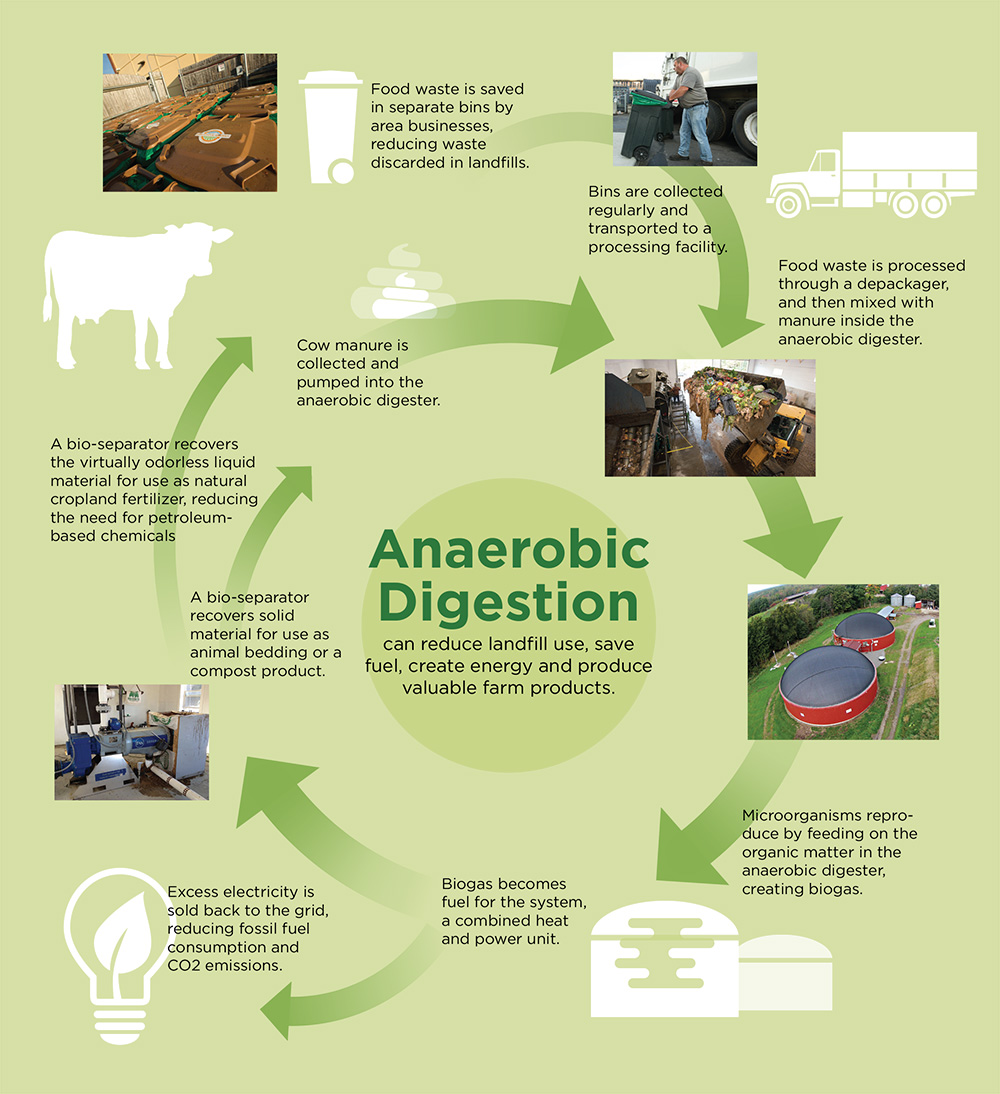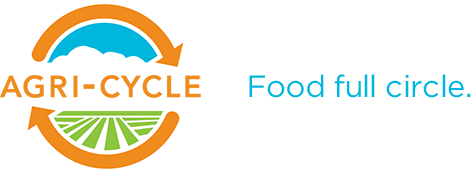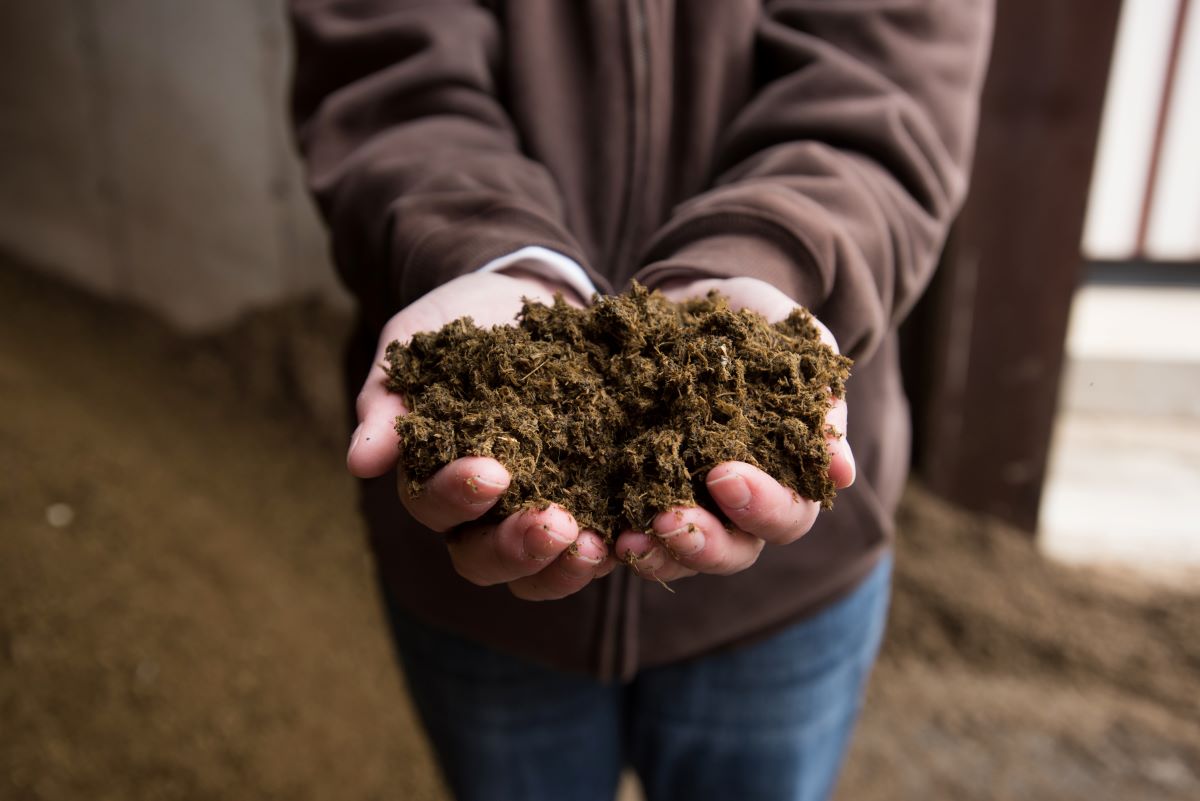At the core of Agri-Cycle’s goal of making food waste disposal sustainable is the anaerobic digestion process. You may have heard about anaerobic digestion (or AD) before, but what makes it better than just dumping it in the landfill or composting? Today we’re going to talk about what products come out of the AD process and how, by fully utilizing them, you can completely recycle food waste and really bring Food Full Circle.
Understanding the Anaerobic Digestion Process
Before we talk about the products produced by the AD process, let’s talk about the steps leading up to it and the process itself.
- Food Waste is Collected: Food waste is collected at your location by your staff using our tote bins or other containers. From there, it’s picked up by our truck fleet (which includes larger liquid tankers and other specialty trucks) to be shipped to an anaerobic digestion facility.
- The Digester Slurry is Made: Once it arrives at a facility, it’s prepped for the AD process. Any food waste in packaging is run through our depackager, and then it’s all processed with cow manure to produce a rich slurry for our bacteria.
- The Bacteria Do Their Work: Inside sealed domes kept at a toasty 104° F, our bacteria get to work, converting this slurry into component parts. This is primarily two parts—a methane-rich bio-gas and the catchall for all other products: the digestate. More on those two below.
Want to learn more about how AD facilities? Check out our blog, Recycling Food Waste: How Our Anaerobic Digestion Facility Works.
Anaerobic Digestion Product 1: Biogas
As those bacteria eat the food waste, they produce biogas in the absence of air/oxygen. Biogas is primarily methane (CH4) and carbon dioxide, with a small amount of water vapor and trace gases. The bio-gas is used to run electricity/heat generators to power the facility, with the excess being sold back to the grid for more renewable power. Pipeline or power lines: it means less reliance on fossil fuels.
Anaerobic Digestion Product 2: Digestate
The term digestate covers a large number of products, both liquid and solid, all of which have a purpose. Did you know that Agri-Cycle was started by a dairy farm? It’s their manure that is used to create the slurry, and we continue this cycle by using the liquid digestate as fertilizer for feed crops for them and the solids as animal bedding, offsetting the need to have virgin crops like hay grown for the purpose.
 Part of the Full Food Waste Recycling Loop
Part of the Full Food Waste Recycling Loop
This all comes together to form a loop, where food waste goes in, power comes out, and cows get the bedding and food they need while providing rich manure for the AD bacteria. Want to know the perks vs. using composting? Check out our blog, Anaerobic Digestion vs. Composting at the Commercial Scale. If you’re interested in learning more about the process and how Agri-Cycle fits into it, check out our Frequently Asked Questions. If you’re interested in learning more about our mission statement of sustainability, check out our Right Solution at the Right Time page.
If this blog got you interested in learning more about sustainable solutions to your commercial food waste, we can help. At Agri-Cycle, we’re proud to help businesses (and cities) throughout the northeast – from Maine to Maryland – find better ways of dealing with and reducing their food waste through the use of the anaerobic digestion process. Ready to get started? Contact us to take your food full cycle by getting a quote or calling us at 1-800-850-9560.

